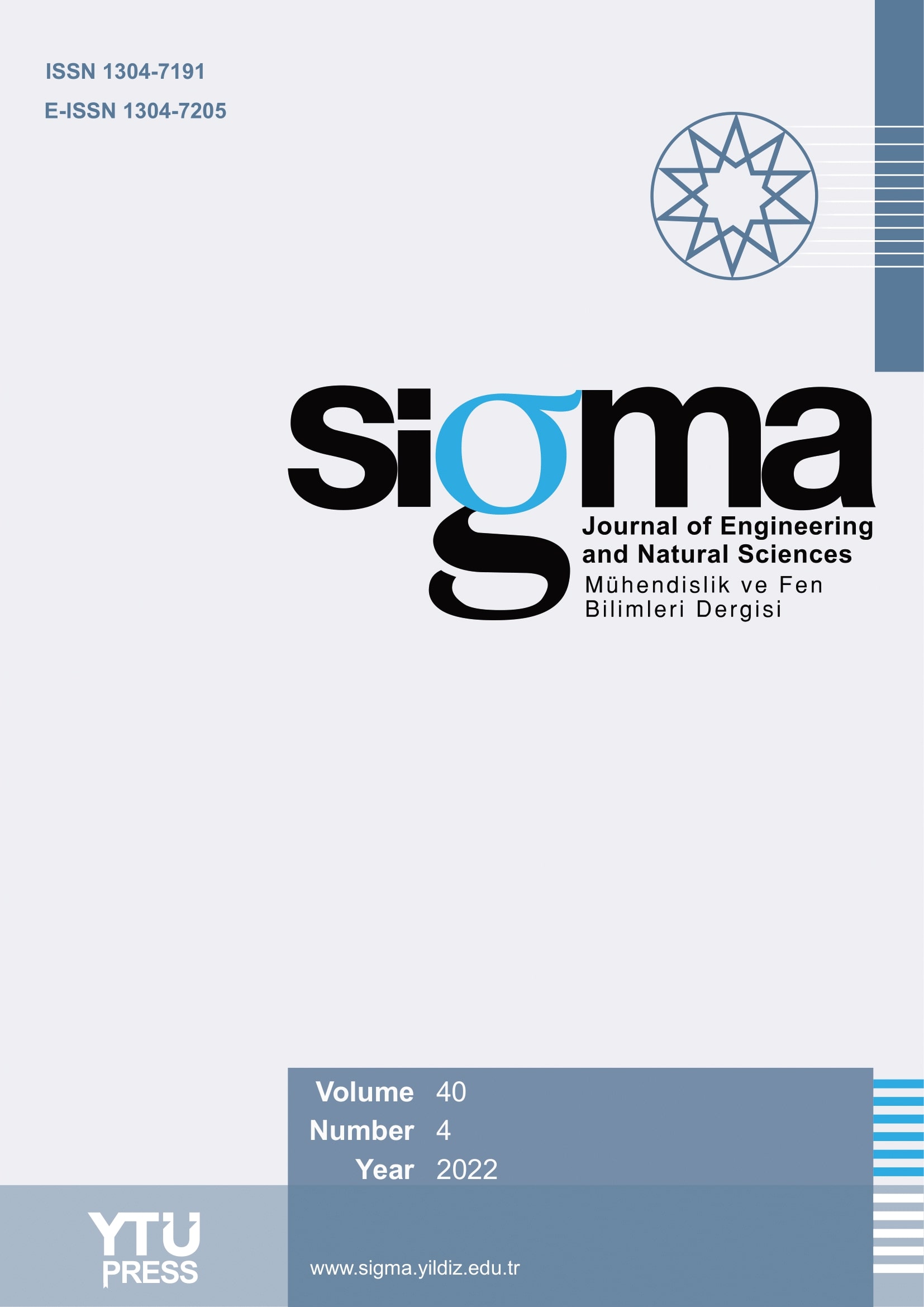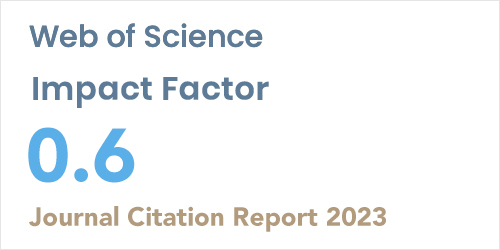2Department of Mechanical Engineering, Biju Patnaik University of Technology, Rourkela, 769015, India
Abstract
Subsonic, transonic, and supersonic flow regimes are all analyzed in this article using Com-putational Fluid Dynamics (CFD) to determine how effective multi-winglets are in reducing induced drag. Both sharp-edge and flat-edge multi-winglet arrangements, based on a rect-angular wing of NACA0012 airfoil with a span of 2648.44 mm and a chord of 1000 mm, were examined. The study was performed with varying Reynolds numbers for both steady and turbulent flows.Lift coefficient (CL), drag coefficient (CD), and lift-to-drag ratio (L/D) were evaluated across winglet shapes and the bare wing to determine the best aerodynamic performance. At subsonic speeds, it was discovered that the sharp-edge winglets had a greater lift curve slope and a higher L/D ratio than the baseline wing and the flat-edge winglets. Simulations were also run to compare the performance of two winglet designs at cant angles of 100, 350, and 600respectively. The aerodynamic performance (as measured by CL/CD) of the sharp-edge multi-winglet configuration has been found to be superior to that of the bare wing and the wing with flat-edge winglets. These findings provide valuable insights for the design optimization of multi-winglets with induced drag reduction in various flow regimes and contribute to the advancement of aerodynamic knowledge for winglet applications in aerospace engineering.















